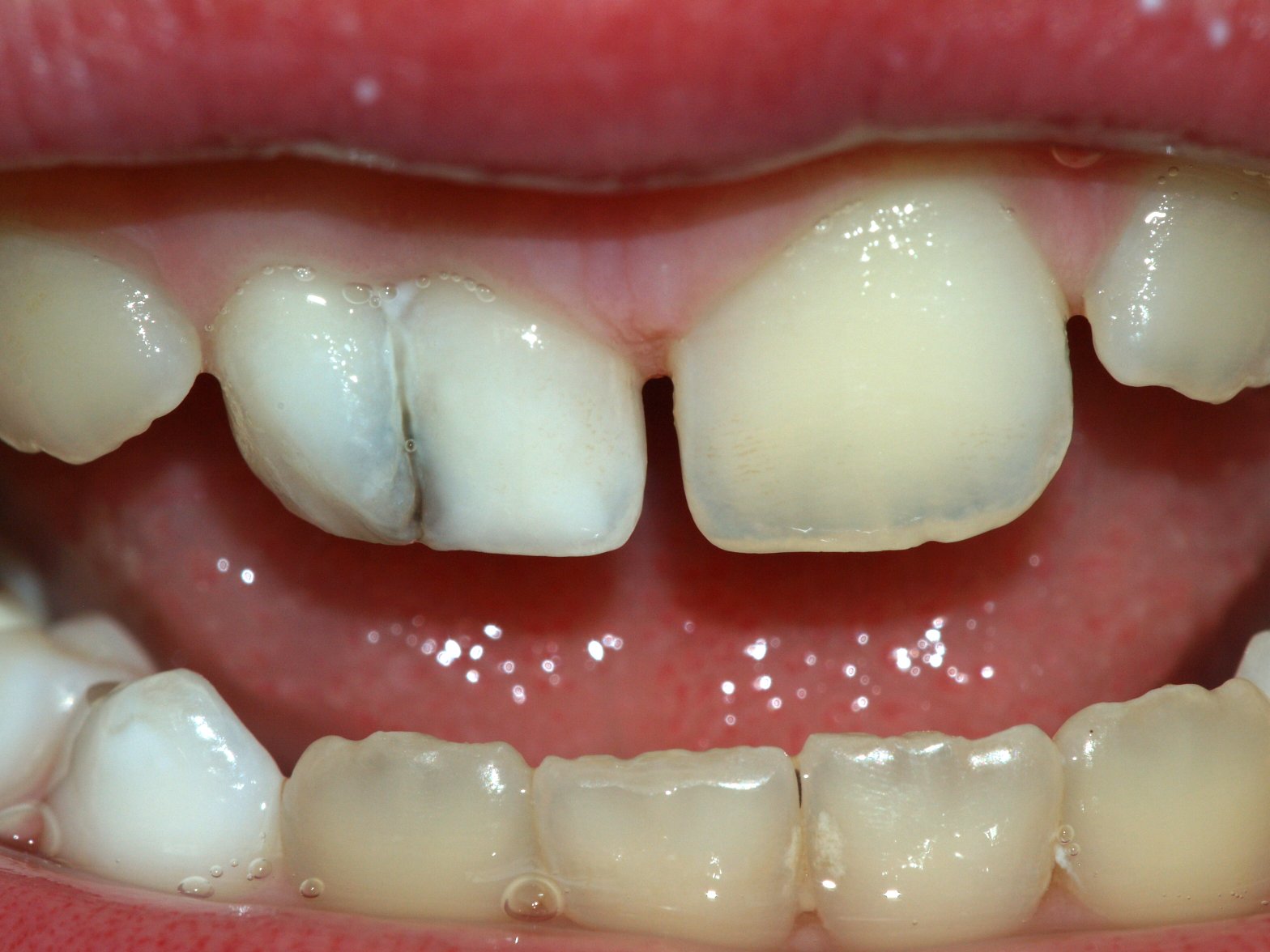Tooth fusion
| Tooth fusion | |
| ICD-10 | K00.2 |
|---|---|
| ICD-9 | 520.2 |
|
WikiDoc Resources for Tooth fusion |
|
Articles |
|---|
|
Most recent articles on Tooth fusion Most cited articles on Tooth fusion |
|
Media |
|
Powerpoint slides on Tooth fusion |
|
Evidence Based Medicine |
|
Clinical Trials |
|
Ongoing Trials on Tooth fusion at Clinical Trials.gov Clinical Trials on Tooth fusion at Google
|
|
Guidelines / Policies / Govt |
|
US National Guidelines Clearinghouse on Tooth fusion
|
|
Books |
|
News |
|
Commentary |
|
Definitions |
|
Patient Resources / Community |
|
Patient resources on Tooth fusion Discussion groups on Tooth fusion Patient Handouts on Tooth fusion Directions to Hospitals Treating Tooth fusion Risk calculators and risk factors for Tooth fusion
|
|
Healthcare Provider Resources |
|
Causes & Risk Factors for Tooth fusion |
|
Continuing Medical Education (CME) |
|
International |
|
|
|
Business |
|
Experimental / Informatics |
Editor-In-Chief: C. Michael Gibson, M.S., M.D. [1]

Overview
The phenomenon of tooth fusion arises through union of two normally separated tooth germs, and depending upon the stage of development of the teeth at the time of union, it may be either complete or incomplete. On some occasions, two independent pulp chambers and root canals can be seen. However, fusion can also be the union of a normal tooth bud to a supernumerary tooth germ. In these cases, the number of teeth is also normal and differentiation from tooth gemination may be very difficult, if not impossible. In geminated teeth, division is usually incomplete and results in a large tooth crown that has a single root and a single canal. Both gemination and fusion are prevalent in primary dentition, with incisors being more affected.
Tooth gemination, in contrast to fusion, arises when two teeth develop from one tooth bud and, as a result, the patient has a larger tooth but a normal number.
Related abnormalities of the dentition
- Amelogenesis imperfecta
- Dentinogenesis imperfecta
- Hyperdontia - More than the average number of teeth
- Anodontia - Lack of tooth development
References
- Peirera AJ, Fidel RA, Fidel SR. Maxillary Lateral Incisor with Two Root Canals: Fusion or Gemination? Braz Dent J (2000) 11(2): 141-146.